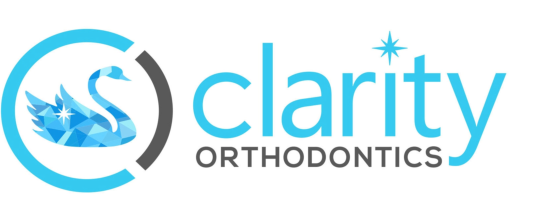Diet
Once you get your braces on, there are some things you should know about what foods you can and cannot eat. The first few days after you get your braces on, you should eat mostly soft food as your teeth may feel sore. Avoiding chewing hard or tough foods such as chewy meats, raw vegetables or hard breads, will make eating easier and more comfortable. After a few days, you will be able to eat most foods again. However, there are certain types of foods that should be avoided for the entire time you wear your braces in order to keep your appliances from breaking. If you damage your braces, the treatment time may be increased.
Foods You Should Avoid
Foods that are hard, such as hard candy or nuts
Chewing gum and sticky, chewy candy such as taffy or caramel
Hard or crusty breads
Ice and popcorn should be avoided, as well as other crunchy foods
Foods that require you to bite into them, such as raw carrots, apples, or corn on the cob. (These can be eaten if cut into small bite-size pieces or cut off the cob)
Additionally, do not chew on hard items like your fingernails or a pen. These can also damage your orthodontic appliances.
Oral Hygiene
People with braces need to spend extra time flossing and brushing to maintain healthy gums and teeth during their orthodontic treatment. Brush for two minutes after each meal and floss nightly. Specialized brush tips are available to help get in between the braces and under the wires. Floss-threaders are helpful in passing floss under archwires to facilitate flossing of the teeth. We also recommend an oral irrigator such as a Waterpik for optimal oral hygiene, and a fluoride mouthrinse such as ACT® fluoride mouth rinse to help lower the amount of bacteria around the teeth. It is important to continue to see your general dentist on a regular basis (every 6 months, or more frequently if necessary) for check-ups and cleanings throughout your orthodontic treatment.
Once the braces are removed, patients who did not properly take care of their teeth may experience gum problems and may have permanent damage to the enamel (decalcification) necessitating future dental treatment. If you have a history of gum disease, you may also need to be checked by a periodontist before and during treatment.
Do Braces Hurt?
For the first 1-2 days after you get braces, your teeth and areas in your mouth may feel sore and tender. Some people experience more discomfort than others. Soreness typically occurs after orthodontic appointments when your braces are adjusted as well. If you experience more severe discomfort, you can take an over-the-counter pain medication such as Tylenol (the same as you would for a headache) if you have no allergies. Some people also experience irritation of the cheeks, tongue and even lips for a week or two as they get used to the braces. In this case, wax can be applied to the braces to cover these areas.
My Teeth Are Loose!
When you wear braces, it is normal for teeth to become loose. This is OK – your teeth must become mobile to move to the new, desired positions. Once the teeth are lined up properly and in their final position, they will stabilize.
Wearing Headgear and Elastics (Rubber Bands)
Often times orthodontic treatment involves wearing additional appliances such as headgear or elastics. Even though you may not enjoy wearing these things, it is important to work with your orthodontist as a team so that your teeth and bite will align as quickly as possible. Failure to wear these appliances will increase treatment time.
Removable Expander Instructions
Wear your expander full time, except when brushing and eating. If you do not have a case with you, leave the expander in so that it is not lost. To activate the expander, take it out of the mouth and place the key into the hole. Push in the direction of the arrow. Only turn the removable expander the number of times the doctor has instructed. Follow the removable retainer instruction care above.
Fixed Expander Instructions
To activate the expander, place the key into the hole and gently push in the direction of the arrow (towards the back of the mouth). Gently remove the key once you have completed a turn.
Turn once a day unless directed otherwise.
Only turn the expander the number of times the doctor has instructed. If you miss a turn, do not turn twice the next day.
If you miss an appointment, do not continue to turn the expander. Stop until your next appointment.
Remember to brush the expander in addition to your teeth at least twice a day. An oral irrigator, such as a Waterpik, is also highly recommended to help keep it clean.
Call us if you are having trouble turning the expander.
Sports and Braces
If you play sports, please inform the doctor. For some contact sports, a mouth guard that allows tooth movement to continue will be recommended. Examine your mouth and appliance right away if you receive any injuries or blows to your head or face. If there is any damage to your appliances or you notice a loose tooth, call us right away.
Loose Band, Bracket, or Wire
Bands, brackets and wires occasionally do become loose – this is fairly normal. If a wire sticks out and irritates your mouth, you may push it in with a blunt item such as a pencil eraser, and tuck it in. If you are unable to adjust the irritating wire, place some wax over the area. Please call and schedule an appointment for repair. If you have a broken wire, loose bracket or band, unusual pain, or a piece that sticks out and is sharp that you can’t fix, please call and schedule an emergency appointment. We are here for you!
